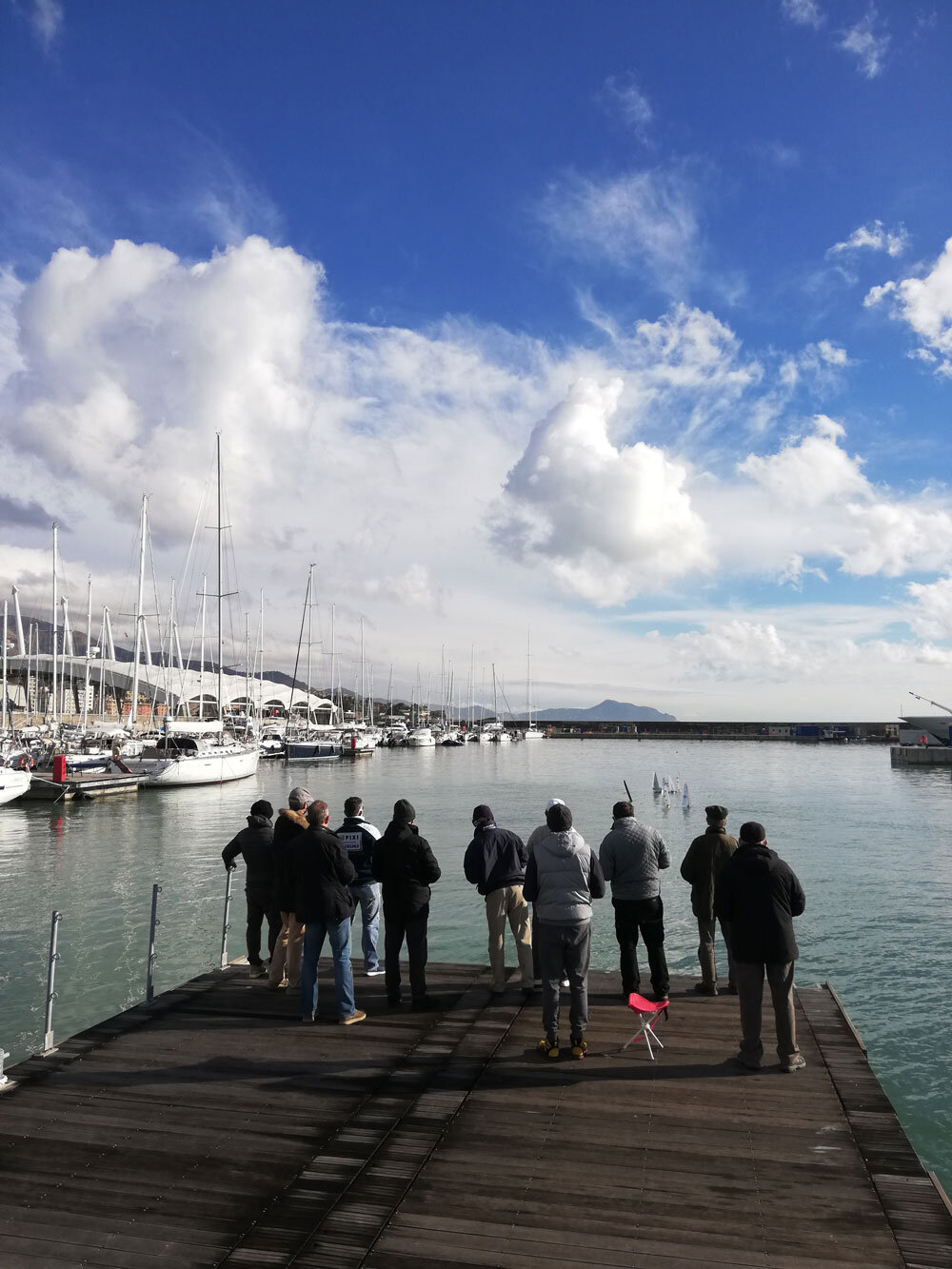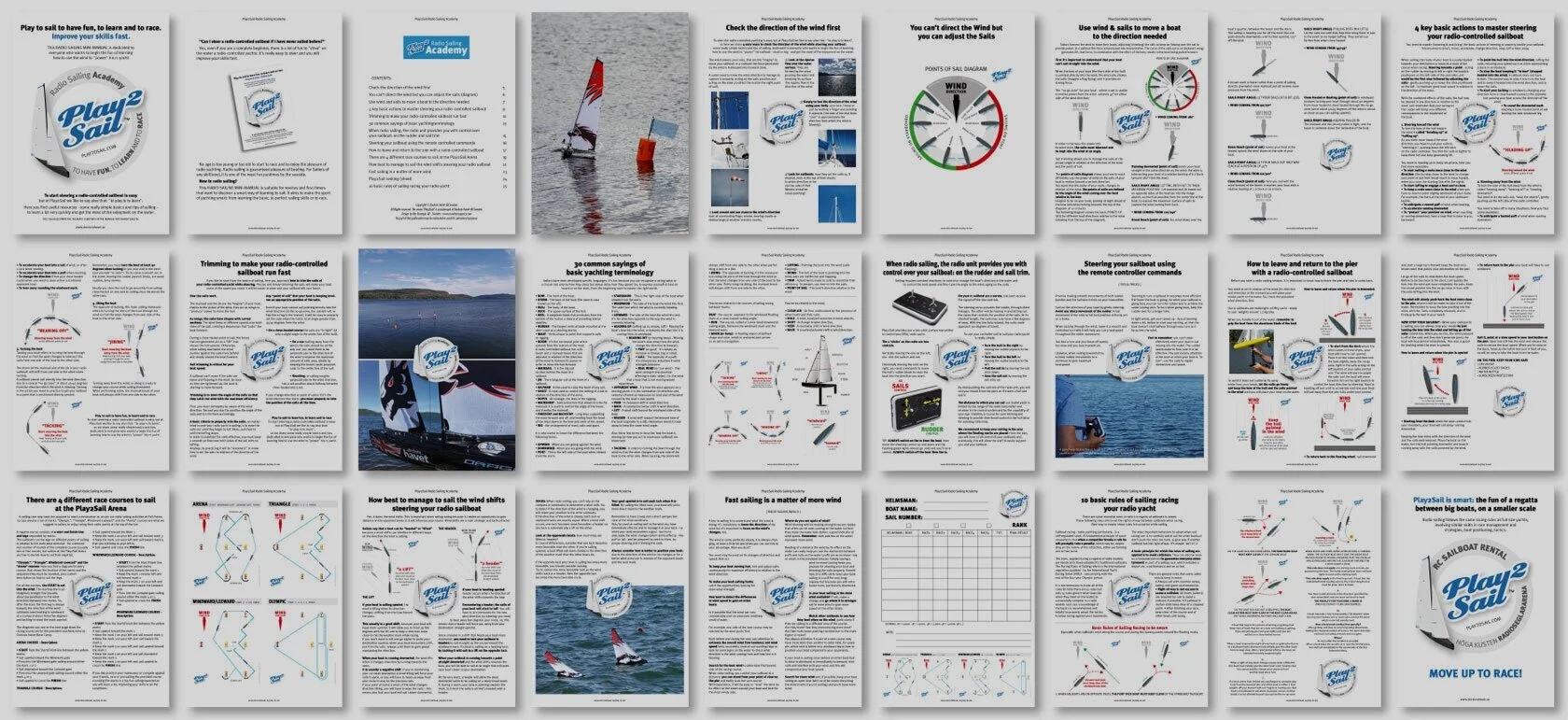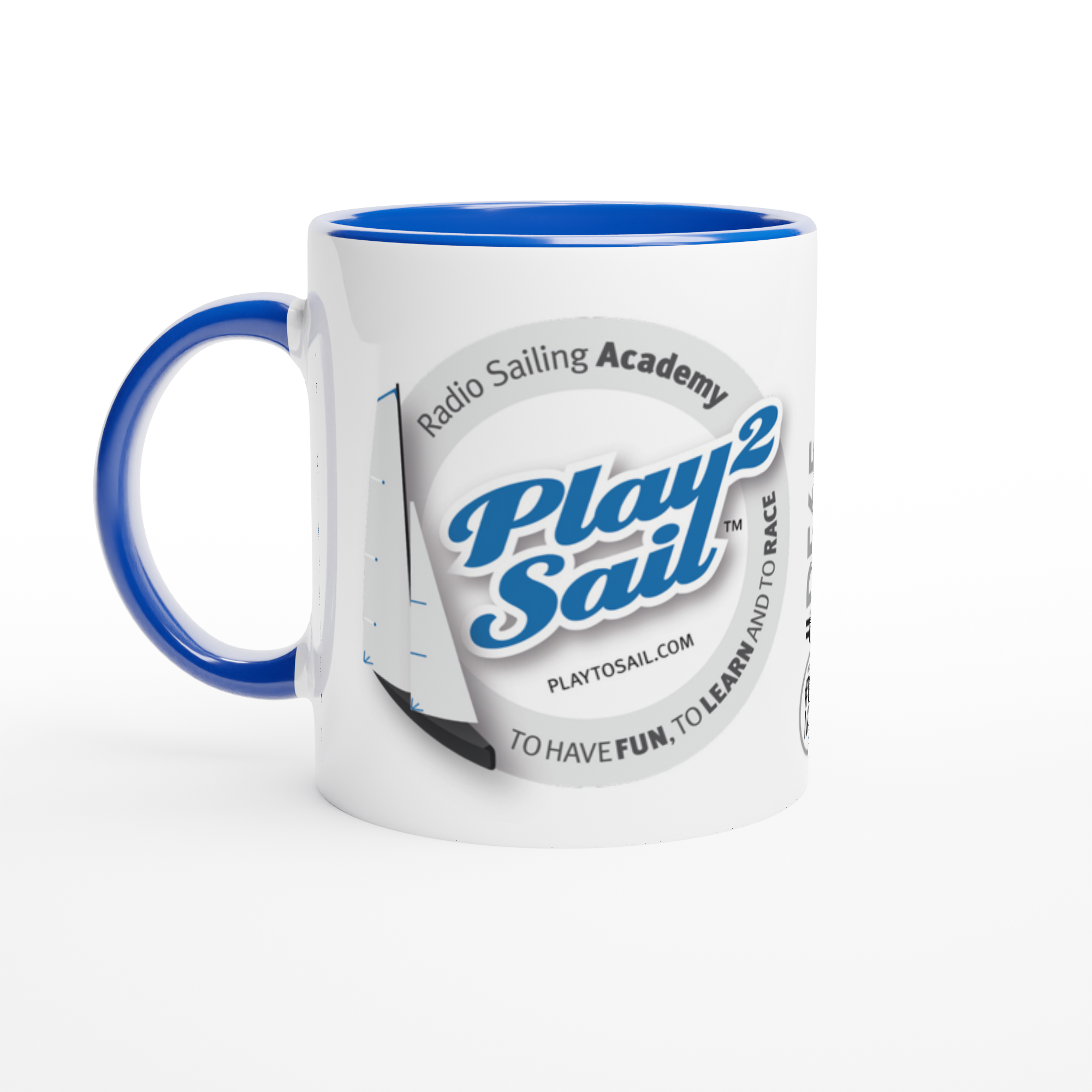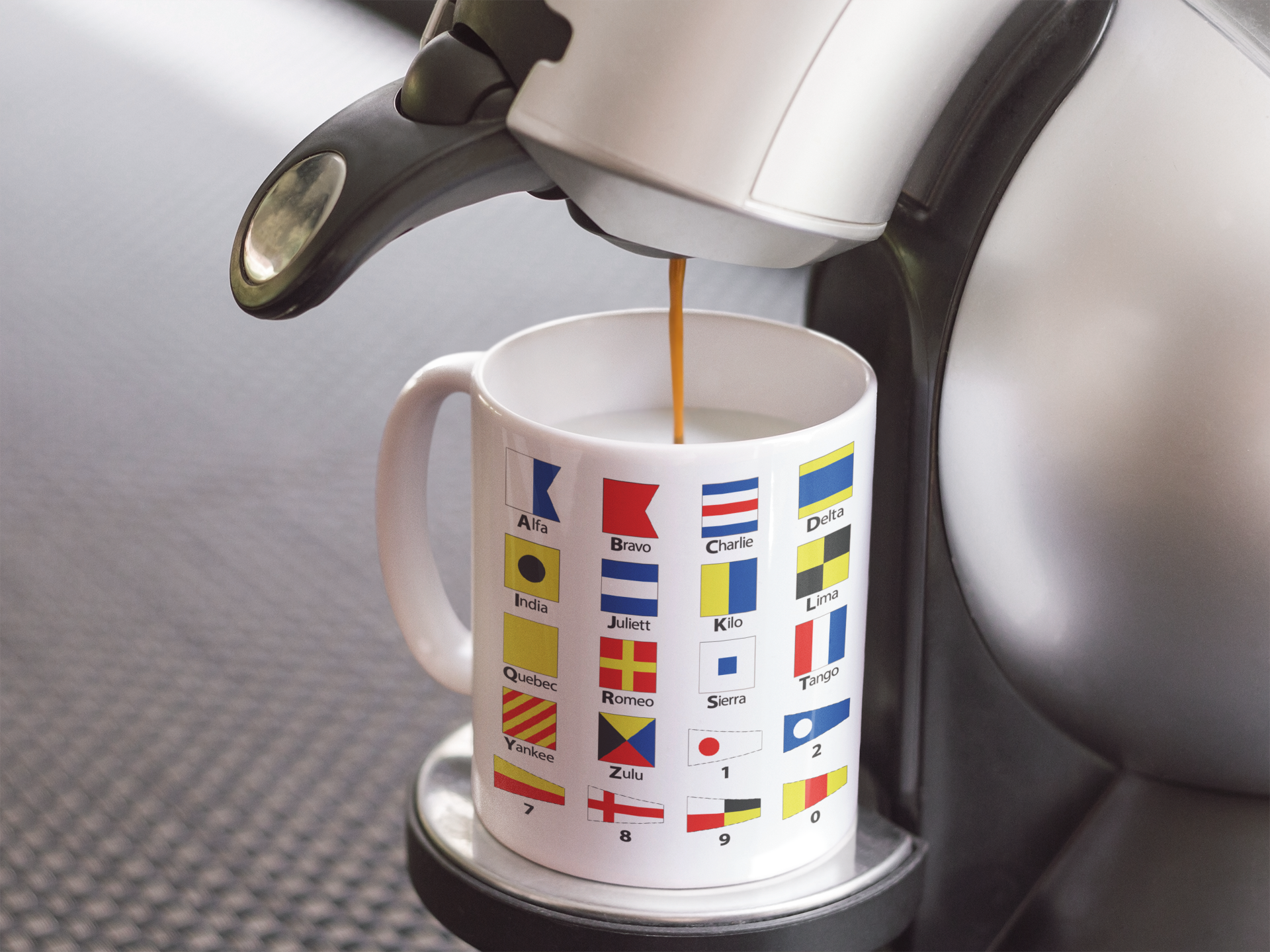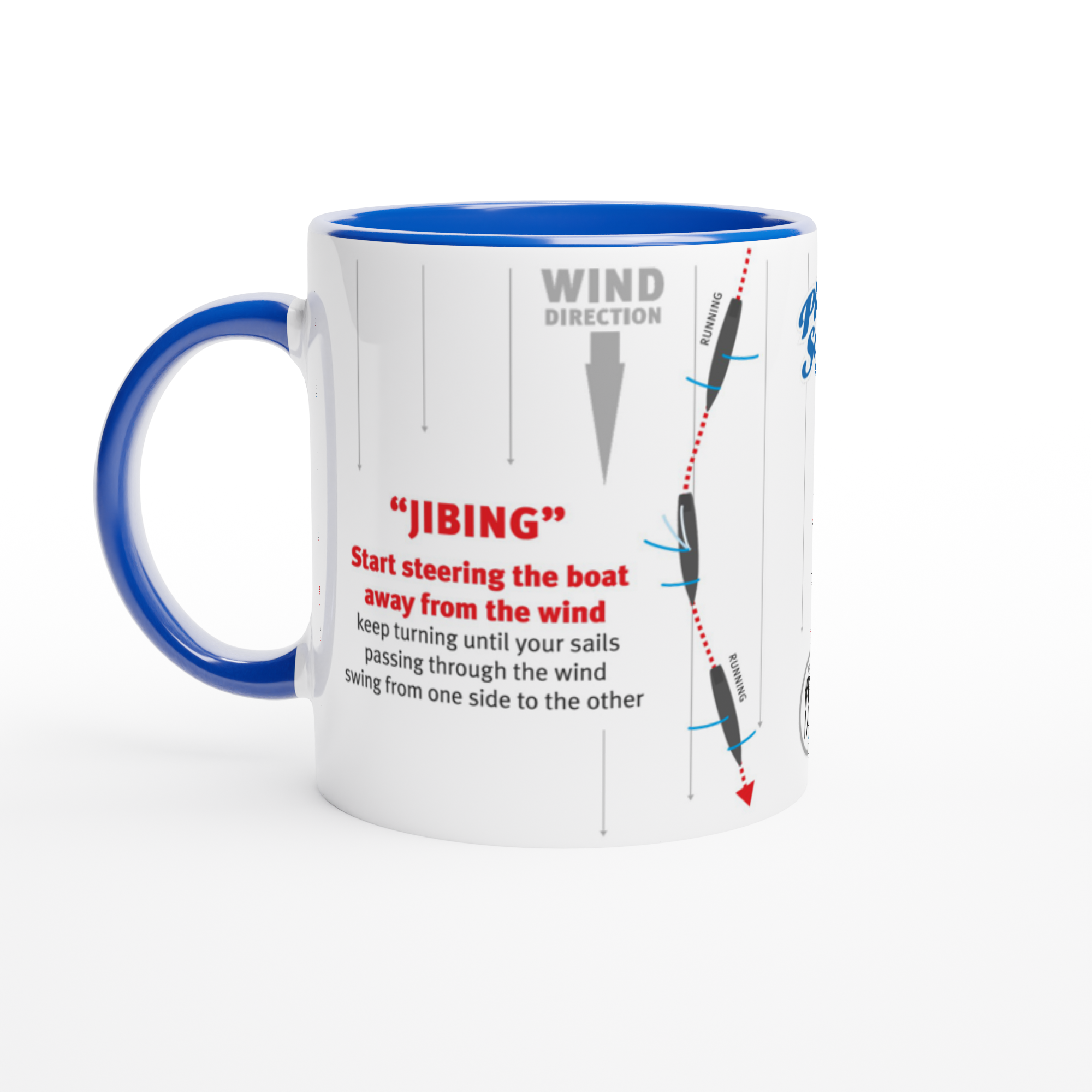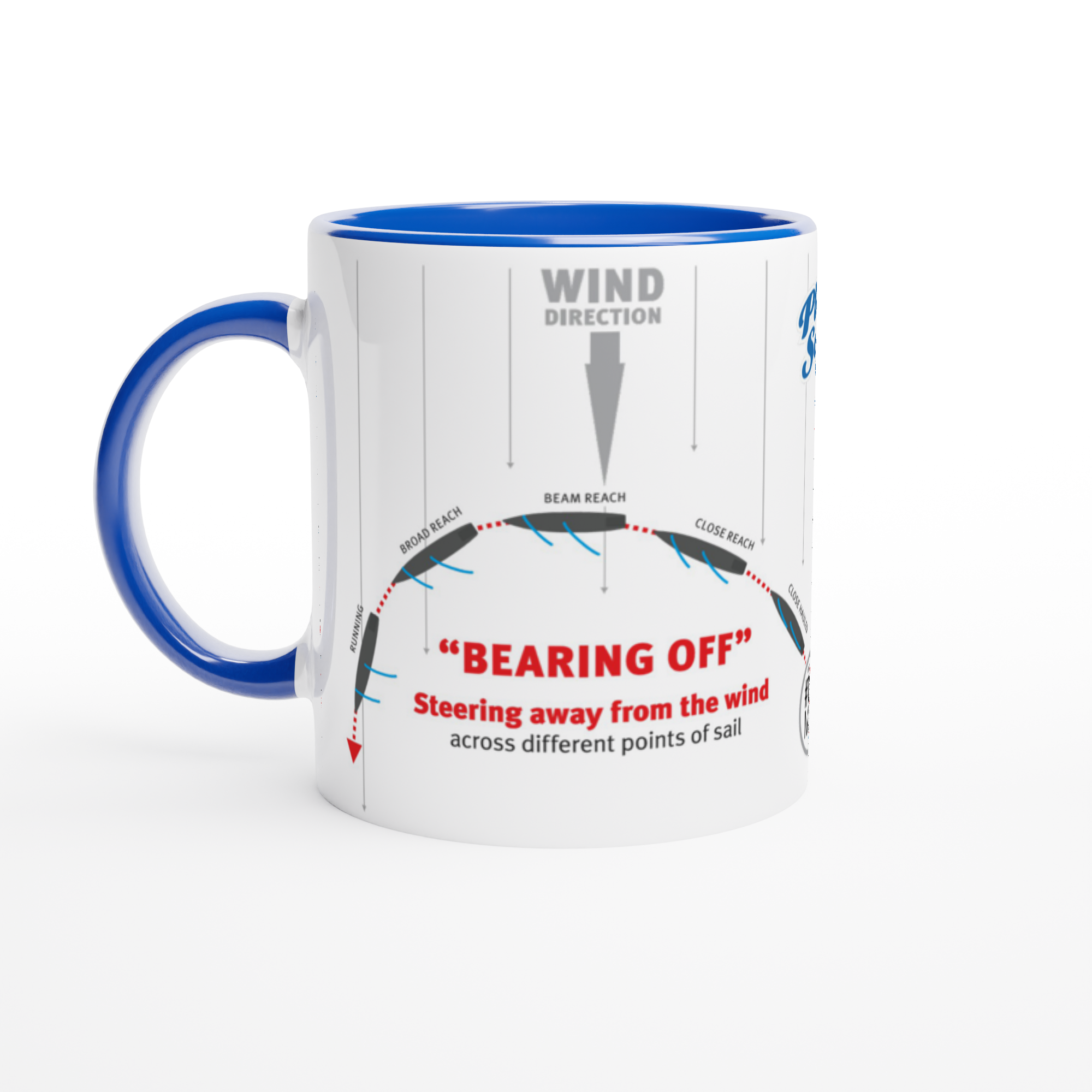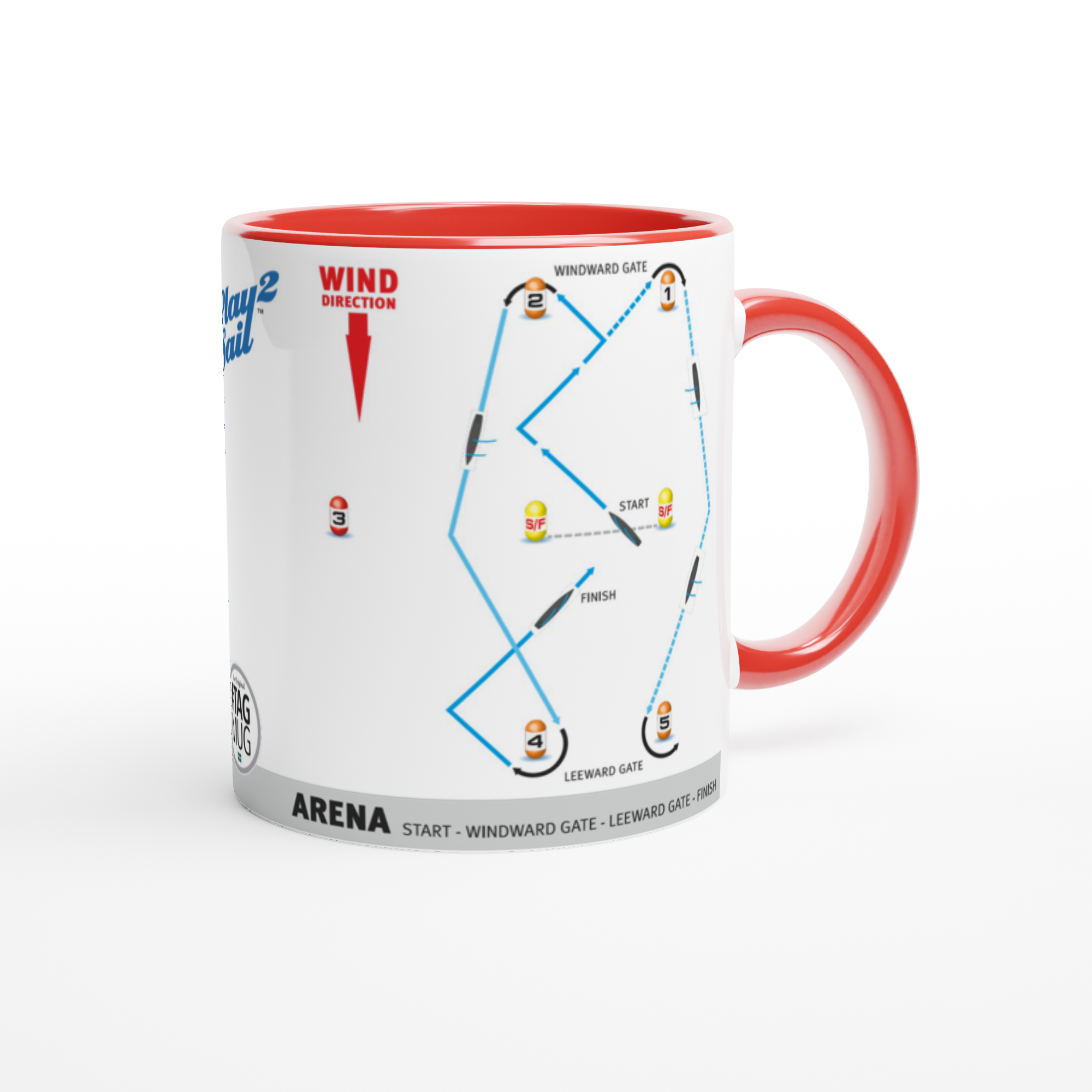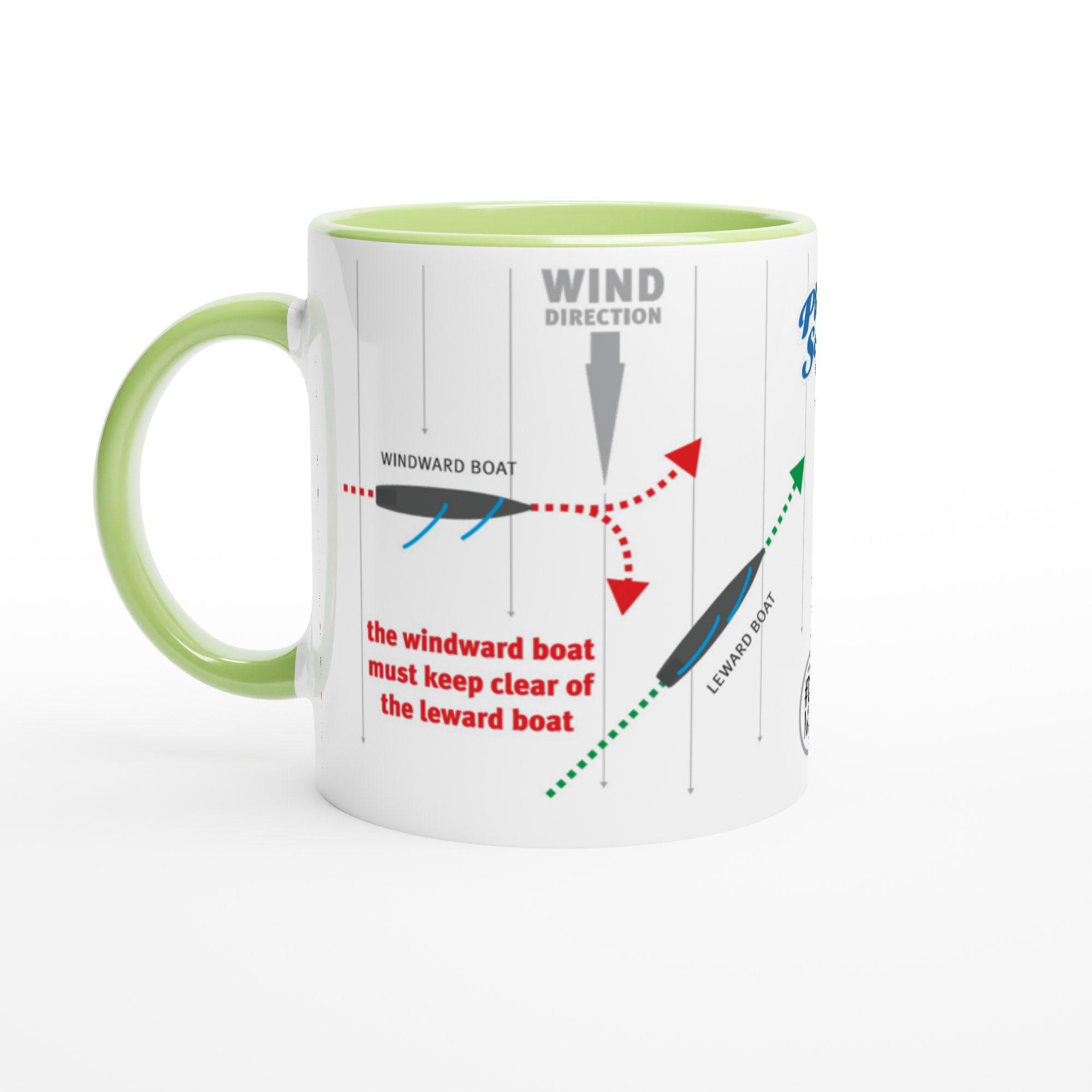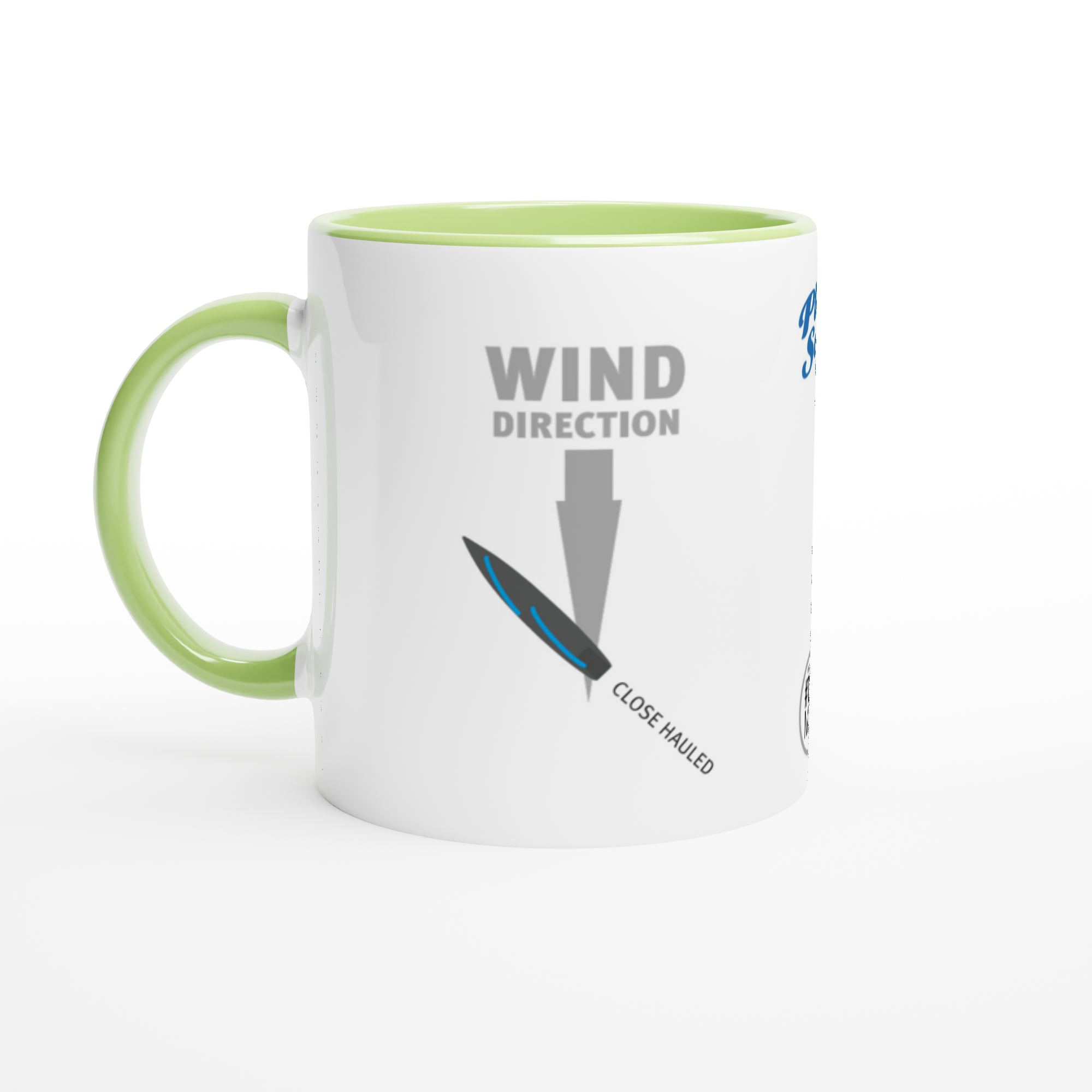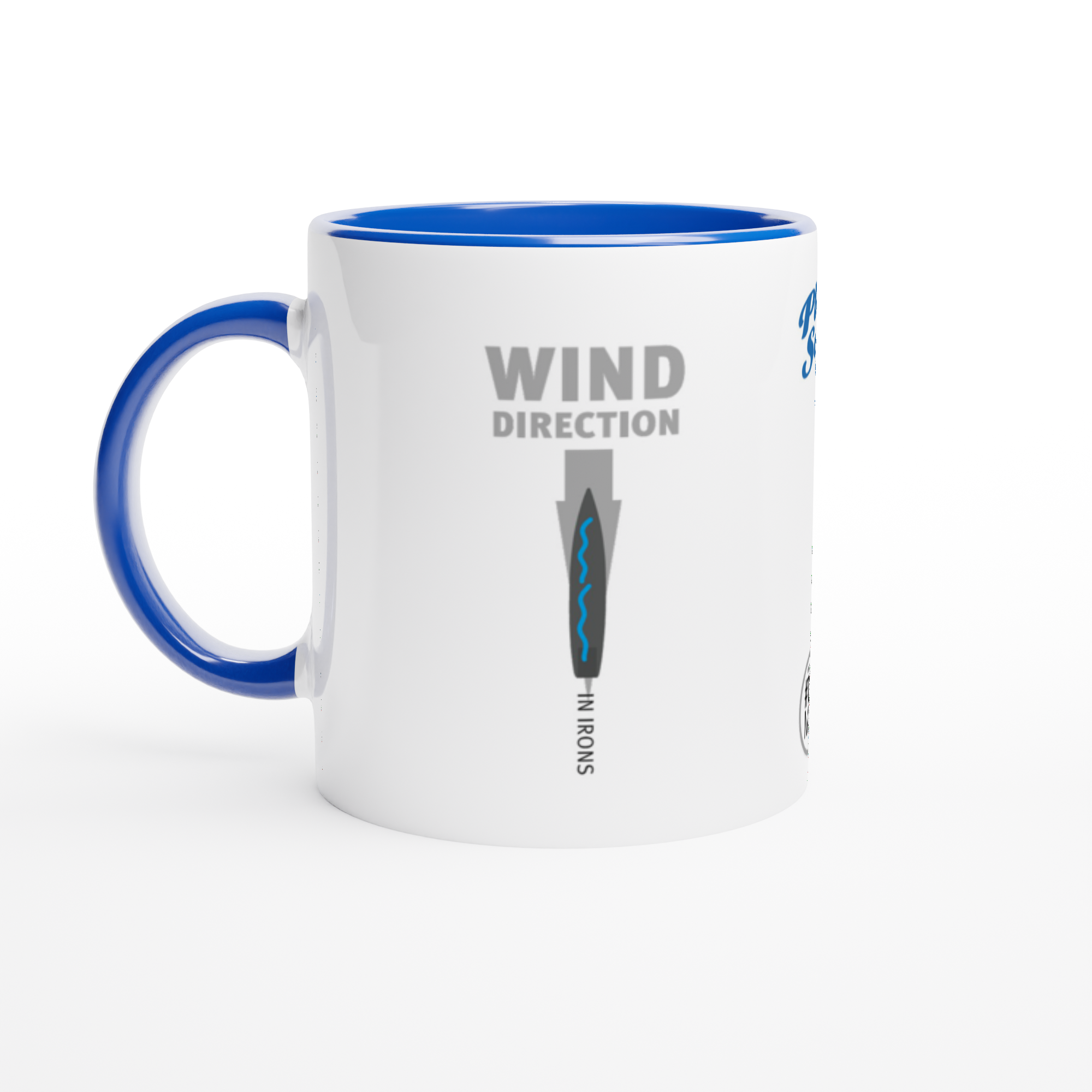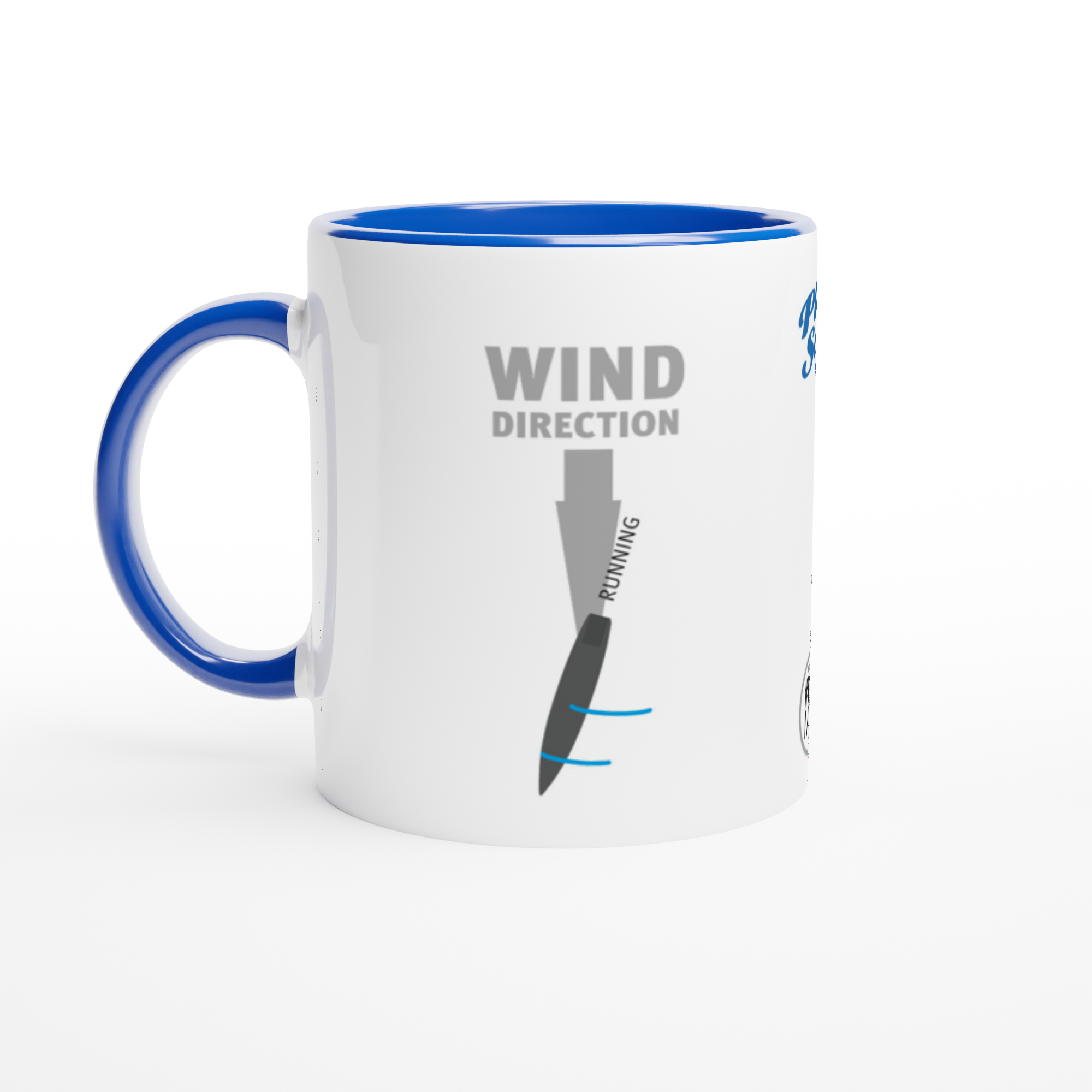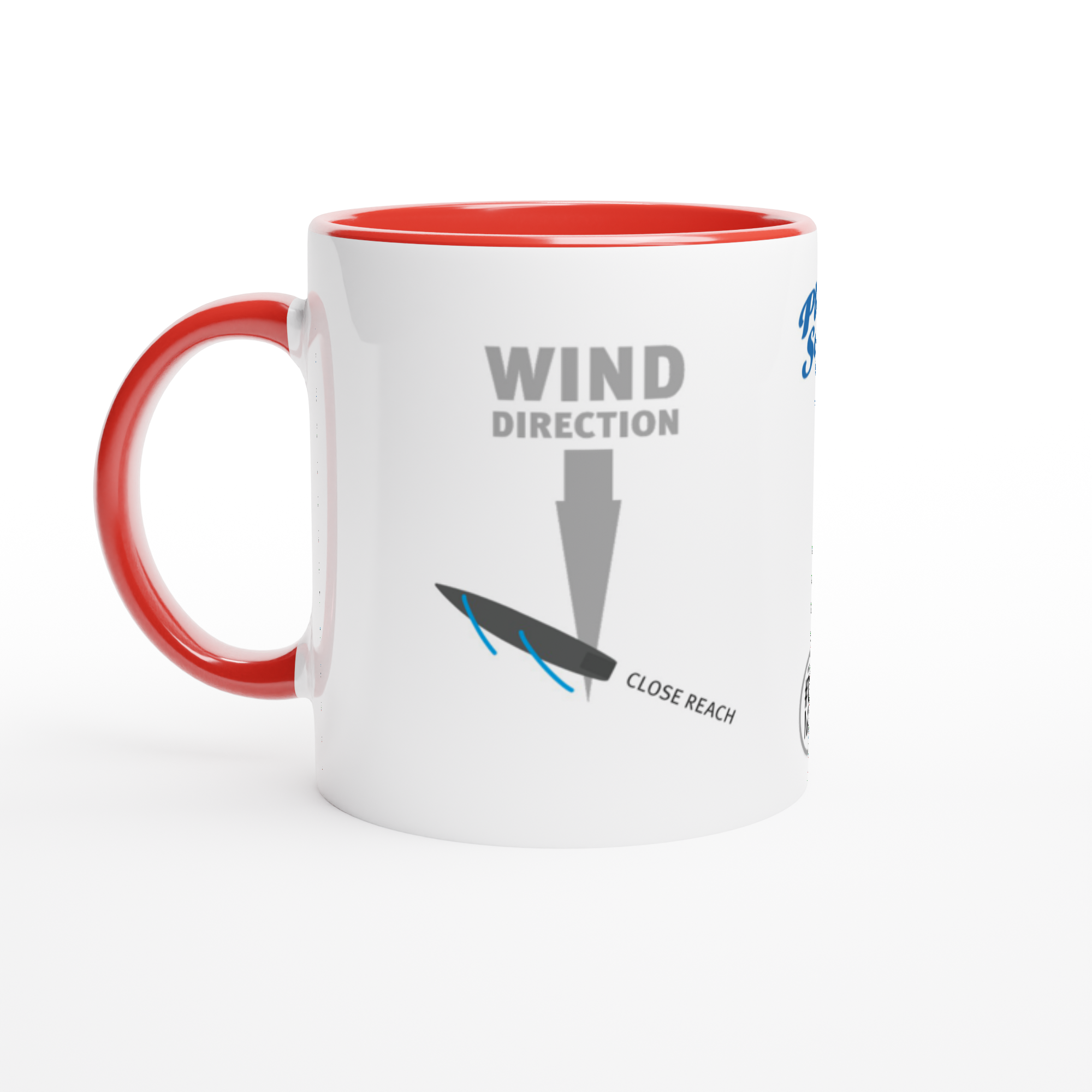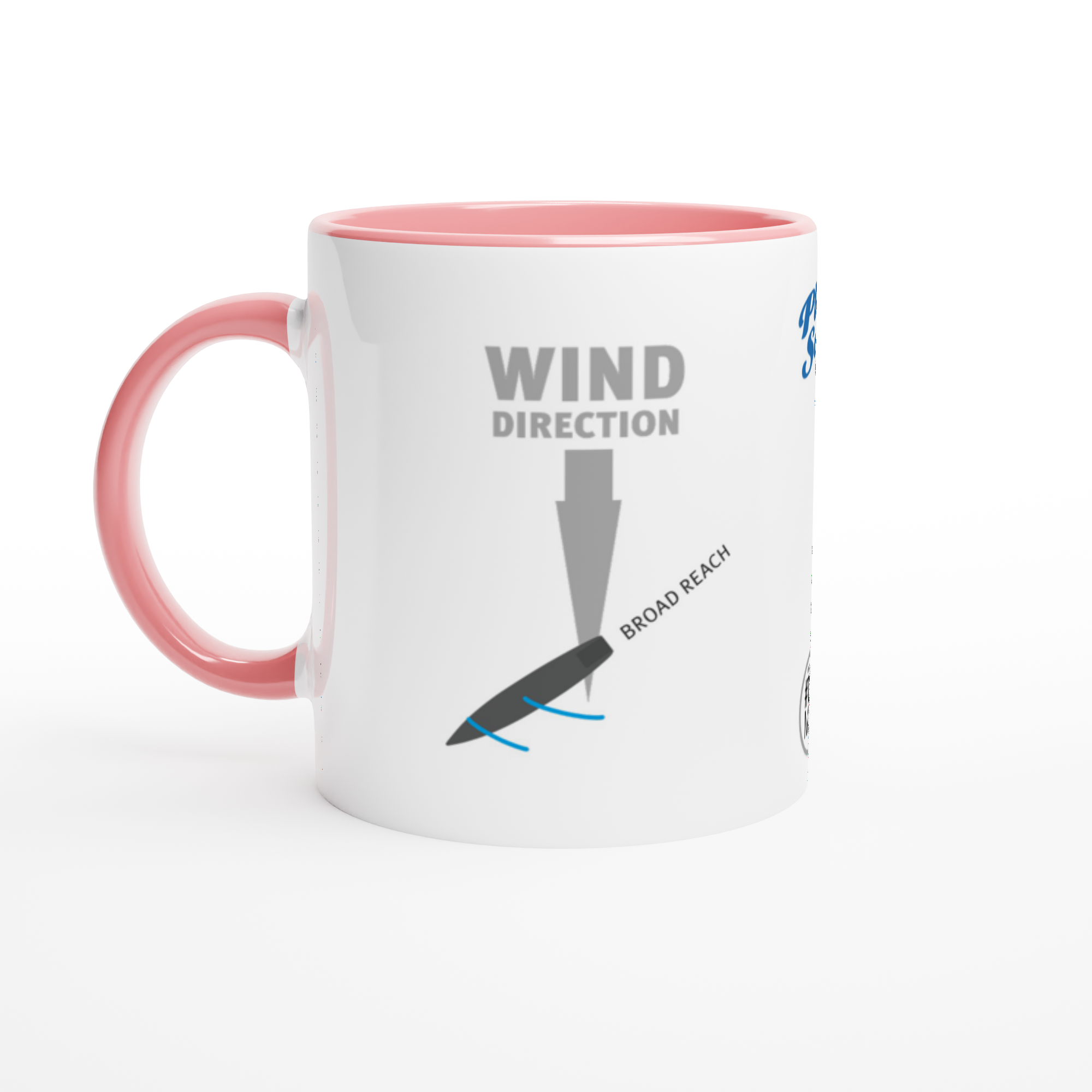The meaning of this post is to share a correct way to talk about sailing and sailboats.
Sailors have been developed specific languages: it's fun because you can recognize a racing sailor or a cruiser not only by how they dress but above all by how they speak! So, to express yourself at best on board or on the dock, from the beginning start to master the right words.
30 common sayings of basic yachting terminology
BOW - The front of the boat.
STERN - The back of the boat (the stern is also known as the aft).
HULL - The body of the boat.
DECK - The upper surface of the hull.
KEEL - A weighted blade that protrudes from the bottom of the hull as a means of providing lateral stability.
RUDDER - The hinged vertical blade mounted at the stern used as a steering device.
MAST - Vertical spar (a pole) that supports sails or rigging.
BOOM - It’s the horizontal pole which extends from the bottom of the mast. A radio-controlled sailboat has a jib boom and a mainsail boom that are adjusted in relation of the direction of the wind to harness its power in order to move the hull forward.
MAINSAIL - It is the big sail located behind the mast of a sailboat.
JIB - The triangular sail at the front of a sailboat.
HALYARD - A line used to raise the head of any sail.
SHEET - A rope used to control the setting of a sail in relation to the direction of the wind.
ROPES - All cordage, the lines in the rigging.
MAINSHEET - Sail control line that allows to trim the mainsail: it is used to control the angle of the boom, and thereby the mainsail.
FORESTAY and BACKSTAY - Long lines supporting the mast forward and aft, and leading from the head of the mast down to the bow and stern of the vessel.
RIG - the arrangement of mast, sails and spars.
It is also useful to know the difference between the following terms:
UPWIND - When you are going against the wind.
DOWNWIND - When you are going with the wind.
Explore RC Sailing with confidence:
Free resources at your fingertips >
Start your sailing adventure with our free online resources, designed especially for beginners. Learn the basics, gain essential skills, and build your confidence with expert tips, and easy-to-follow guides. No fees, no membership - just pure learning and fun. Discover Play2Sail Academy today!
When you are ready for more, delve deeper with our e-manual. It’s packed with detailed insights and practical advice to further enhance your rc sailing journey.
Sailors from 🇺🇸🇬🇧🇦🇺🇸🇪🇳🇿🇨🇦🇿🇦🇳🇱🇩🇪🇫🇷🇮🇳🇭🇰 have already downloaded it.
PORT - This is the left side of the boat when viewed from the stern.
STARBOARD - This is the right side of the boat when viewed from the stern.
WINDWARD - The side of the boat the wind hits first. The side from which the wind is currently blowing from.
LEEWARD - The side of the boat the wind hits last: it’s the direction opposite to the way the wind is currently blowing.
HEADING UP (luffing up or, simply, luff) - Moving the boat’s bow into the wind, or towards the direction it is coming from, to windward.
BEARING OFF (or bearing away) - Moving the boat’s bow away from the wind, change the direction to leeward.
Share your #SAILING passion with an original mug [#TAGMUG E-SHOP]
PUFF (or gust) - It's simply an increase in breeze, big or small.
LULL - The opposite of a puff: it's a temporary reduction in wind strength/pressure.
REAL WIND (or true wind) - The wind strength and direction affecting a static object: i.e. the wind that a boat that is not moving would experience.
APPARENT WIND - It is how the wind appears on a moving yacht: it is the summation (in direction and velocity) of wind as measured on land and of the wind caused by the boat’s own speed.
VEER - A clockwise shift in wind direction.
BACK - A counterclockwise shift in wind direction.
LIFT - A wind shift toward the windward side of the boat.
HEADER - A wind shift toward the leeward side of the boat (opposite to a lift). Helmsman needs to bear away to keep the same wind angle.
Also these few terms to describe how the boat is moving (or how you act to move your sailboat) are important:
TACKING - It refers to turning the bow through the wind so that the wind changes from one side of the boat to the other side. When tacking, the boom will always shift from one side to the other when performing a tack or a jibe.
JIBING - The opposite of tacking, it’s the maneuver to turning the stern of the boat through the wind so that the wind changes from one side of the boat to the other side. Performing the jibing, the mainsail boom will always shift from one side to the other.
LUFFING - Pointing the boat into the wind (sails flapping).
IRONS - The hull of the boat is pointing into the wind, sails are ineffective and flapping.
TRIM - Adjustments made to sails to maximize their efficiency. To deepen, see how to trim the sails.
POINT OF SAIL - The boat’s direction relative to the wind. Well, we’ve dedicated a whole post to describe the different point of sail.
Share your #SAILING passion with an original mug [#TAGMUG E-SHOP]
Share your #SAILING passion with an original INFO-POSTER PLAY2SAIL >
Few terms related to the courses of sailing racing between marks:
BEAT - the course segment to the windward floating mark at a close-hauled sailing angle.
RUN - The course, sailed at a near dead-downwind sailing angle, between the windward mark and the leeward mark.
MARK (or buoy) - A floating object of defined shape and color, which is anchored and serves as an aid to navigation.
Few terms related to the wind:
CLEAR AIR - Air flow undisturbed by the presence of other boats and their sails.
HOLE - A brief, localized reduction in wind velocity.
SHIFT - A change in wind direction.
VEER - A clockwise shift in wind direction.
BACK - A counterclockwise shift in wind direction.
Sailing Learning made easy and simple: download the Play2Sail e-manual and improve your skills fast!
To start sailing a radio-controlled sailboat is easy but at Play2Sail we like to say also that: "to play is to learn", so here we share some really simple basics and tips, dedicated to everyone who wants to begin the fun of learning how to use the wind to make his rc yacht go faster.


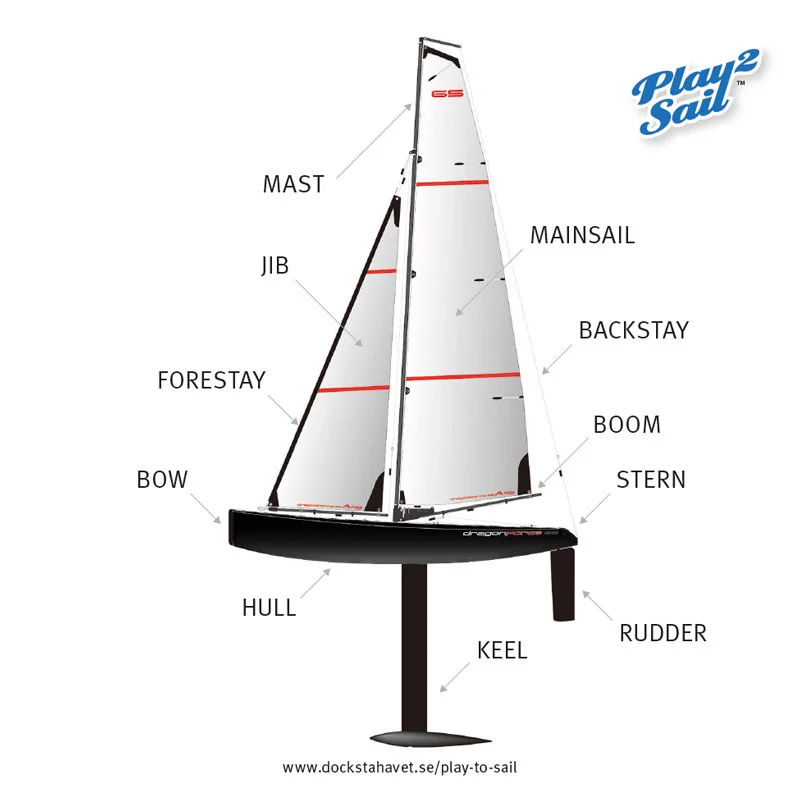






![Share your #SAILING passion with an original mug [#TAGMUG E-SHOP]](https://images.squarespace-cdn.com/content/v1/594e2defd482e9221abc3588/1614719263191-1UOIVRL0IB3MOGAAW1ZB/wind-shifts-sailing-mug.jpg)



![Share your #SAILING passion with an original mug [#TAGMUG E-SHOP]](https://images.squarespace-cdn.com/content/v1/594e2defd482e9221abc3588/1614719322626-UIEUQAHGY7L5EYU7VZOJ/rc-sailing-mugs-collection-points-of-sail.jpg)






